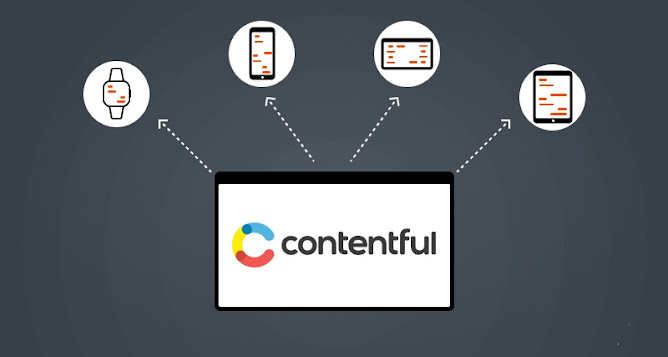Contentful Implementation Pitfalls: How to Avoid Common Mistakes
Contentful is a popular headless CMS that allows you to manage content separately from the presentation layer. This decoupled approach provides more flexibility and enables omnichannel content delivery. However, implementing Contentful can be tricky if you don't know some of the common pitfalls to avoid. In this post, I'll share some best practices to help your Contentful implementation go more smoothly.
Not Planning Your Content Model Thoroughly
One of the biggest mistakes is not properly planning out
your content model upfront. Your content model is the structure and
organization of how content types relate to each other.
Without thoughtful information architecture, you may end up
having to rework significant portions of your model later on. This can mean
going back to update templates, entries, and other connected systems.
Take the time early on to map out your content domains,
entry types, and fields. Think through exactly what content you need to manage
and how it naturally relates. Doing so will save you hassles down the road.
Not Considering Localization from the Start
Localization is easier to build into your Contentful
implementation from the beginning instead of bolting it on later.
Consider whether you will need to support multiple languages
or regional variants of content. Factor this into your content modeling,
workflows, and entry creation right away.
If you only consider localization as an afterthought, you
are likely to end up having to re-architect significant parts of your
Contentful setup.
Not Setting Up Collaboration Workflows
Contentful provides collaboration features like drafts,
permissions, and workflows out of the box. However, many teams do not take full
advantage of these capabilities when working with Contentful.
Clearly define your editorial workflow including roles,
steps in the content lifecycle, and review/approval procedures. Set up custom
roles and permissions in Contentful to match your workflow needs.
Having a streamlined collaboration process will improve
efficiency and let you track changes. Don't ignore the workflow features as
getting alignment later can be difficult.
Trying to Recreate Existing Systems
Some teams go into Contentful trying to recreate all the
exact functionality of another CMS or system. While you may gain some
familiarity this way, you end up losing many of the benefits of Contentful.
Embrace the headless and API-first nature of the platform
instead of trying to shape it into something familiar. Be willing to question
existing assumptions and processes to take advantage of Contentful's
flexibility.
Avoid over-customization like building complex workflows on
the client side. Make sure to use native Contentful features where possible
before extending functionality yourself.
Not Budgeting for Custom Development
While Contentful handles a lot out of the box, most projects
will require at least some customization whether front or backend. However,
teams often underestimate how much effort this takes.
Make sure to properly budget and plan for any custom
components, integrations, or extensions you will need for your Contentful
project. This may include React components, custom widgets, backend services,
or data migrations.
Not accounting for integration needs is one of the most
common budget pitfalls with Contentful. Building in buffer for unexpected
customizations will also help prevent later scope creep.
The key is avoiding these common pitfalls upfront. Planning
your content model thoughtfully, embracing localization and collaboration
features, avoiding over-customization, and budgeting for integration needs will
help your Contentful rollout go much more smoothly and prevent significant
rework.



Comments
Post a Comment